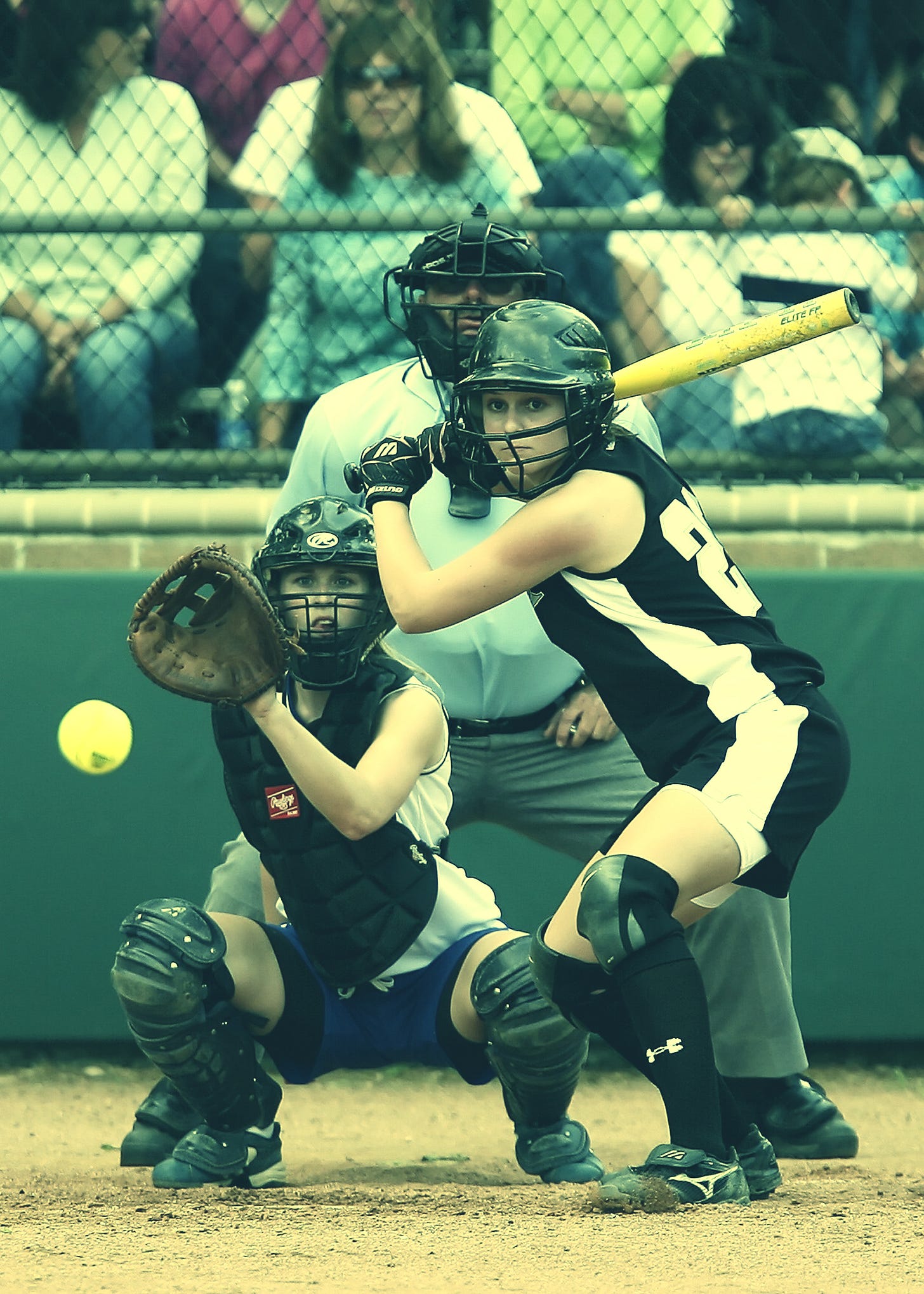It was a home run, sure. But it was more than that.
I’ll never forget the amazing spectacle, the ecstatic, wondrous moment of Mark Massaroni’s mighty, magical home run ball.
THE POUTRE POND POKE BY GREG GIORGIO 34THPARALLEL MAGAZINE ISSUE 107
I don’t recall which team we were playing in this baseball game, what inning, the score, or if anyone was on base. But I’ll never forget the amazing spectacle, the ecstatic, wondrous moment of Mark Massaroni’s mighty, magical home run ball.
It was on a weekday afternoon in a Colonial Council varsity game in 1972 or 1973 at Rotterdam, New York’s Memorial Park. The park was bordered by Curry Road, Route 7, to the north, and surrounded by residential streets. The land was originally Poutre Pond, where neighborhood folks and their kids fished, and ice-skated in winter. My mother used to skate on the pond as a child in the late 1930s.
Mark Massaroniwas my friend. We grew up together on Dahlia Street about a mile from the field in this Schenectady suburb. Mark, his brothers Chris and Ronnie, along with a ho…

